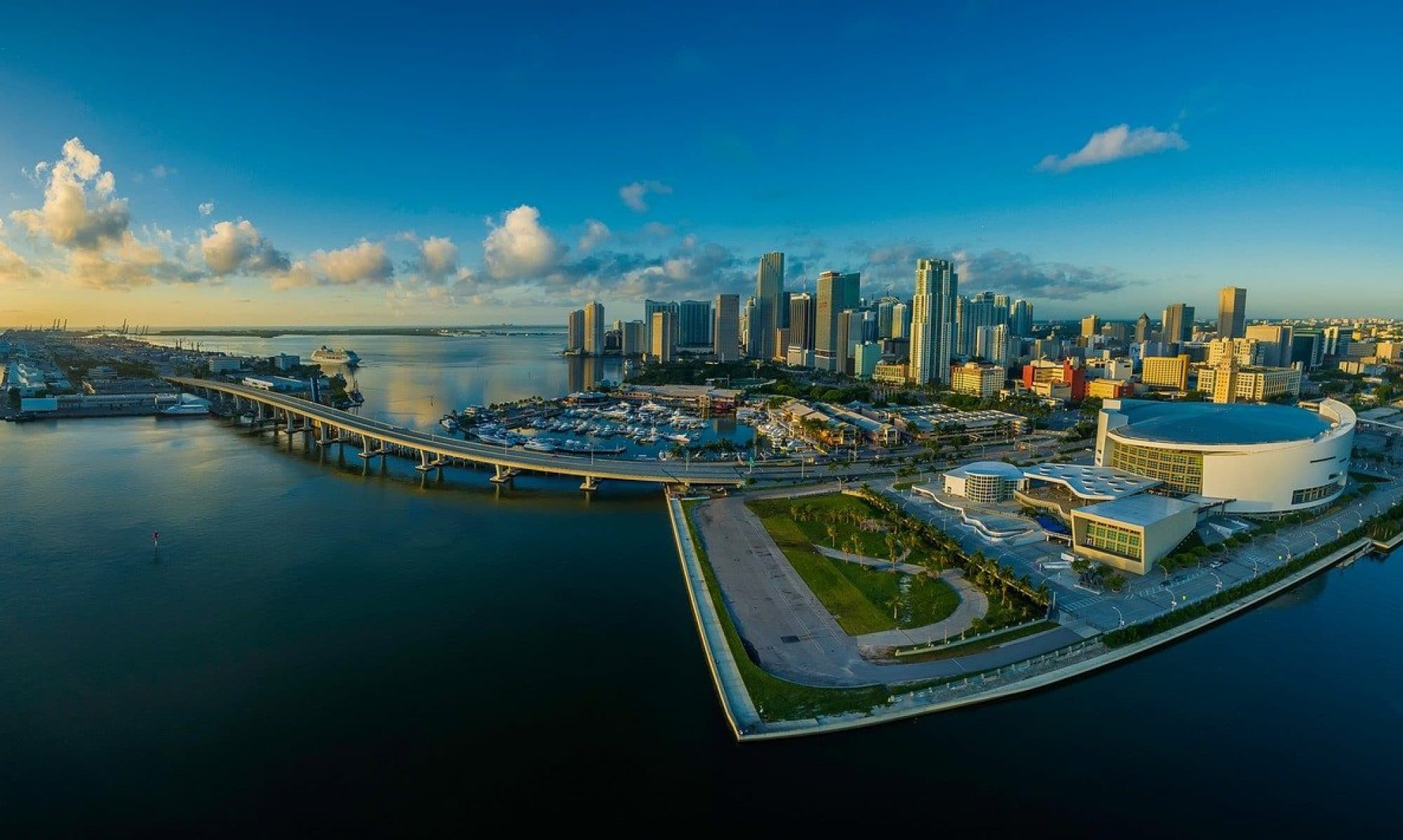This morning, after passage by both houses of Congress, President Trump signed additional Paycheck Protection Program (PPP) flexibility into law. Many of our members who have taken advantage of the PPP loan program understood that it required adjustments to make it more business-friendly. To ensure compliance, members who took advantage of the program should speak with their lenders about the changes.
The House and Senate agreed upon the following changes:
- Extend the PPP loan forgiveness period to include costs incurred over 24 weeks after a loan is issued or through Dec. 31, whichever comes first. Businesses that received a loan before the measure is enacted can maintain the current eight-week period.
- If businesses restore staffing or salary levels that were previously reduced, the loan forgiveness period is extended from June 30 to Dec. 31. The provision would apply to workforce and wage reductions made from Feb.15 through 30 days after enactment of the CARES Act, which was signed into law on March 27.
- Maintain forgiveness amounts for companies that document their inability to rehire workers employed as of Feb.15, and their inability to find similarly qualified workers by the end of the year. Under the modified measure, companies would be covered separately if they show that they couldn’t resume business levels from before Feb.15 because they were following federal requirements for sanitization or social distancing.Extend the deadline to apply for a PPP loan to Dec. 31.
- Require at least 60% of forgiven loan amounts to come from payroll expenses.
- Repeal a provision from the CARES Act that barred companies with forgiven PPP loans from deferring their payroll tax payments.
- Allow borrowers to defer principal and interest payments on PPP loans until the SBA compensates lenders for any forgiven amounts, instead of the current six-month deferral period. Borrowers that do not apply for forgiveness would be given at least 10 months after the program expires to start making payments.
- Establish a minimum loan maturity period of five years following an application for loan forgiveness, instead of the current two-year deadline set by the SBA. That provision would apply to PPP loans issued after the measure is enacted, though borrowers and lenders could agree to extend current loans.
The SBA will provide further guidance. In the meantime, AMSA strongly encourages its members to speak with their lenders about these changes.
If you have any questions, please contact Katie McMichael, AMSA Director of Government Affairs.


